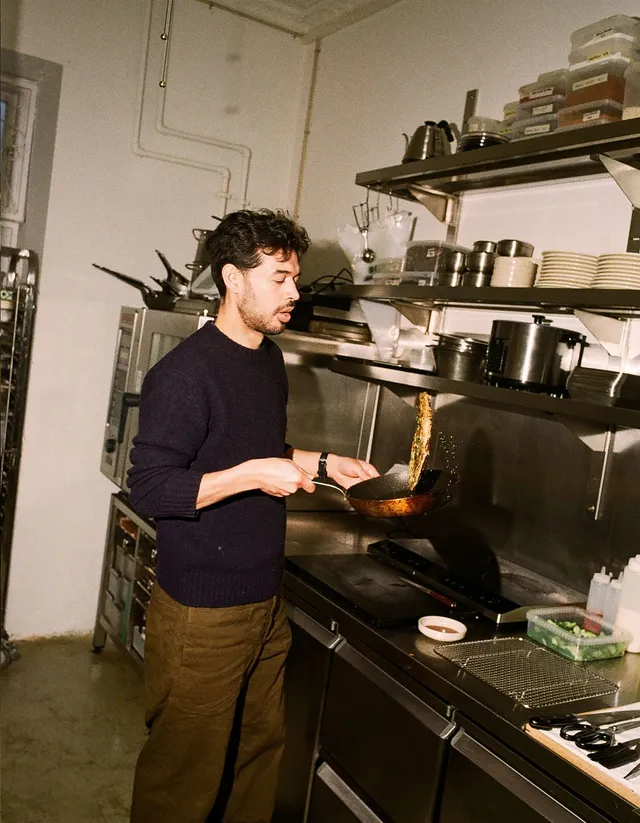Joel James
Et CeteraJoel James
Et CeteraMathias Haugaard
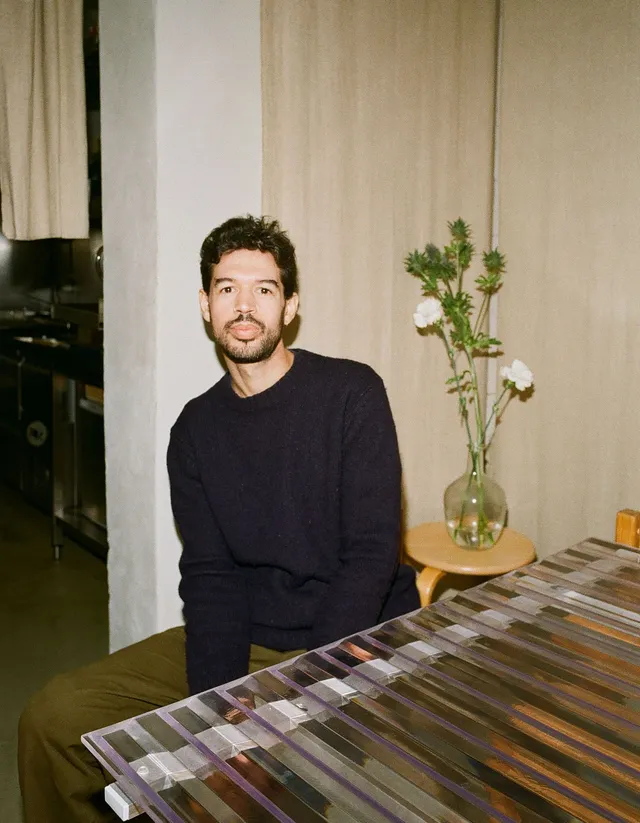
Q
Can you start by introducing yourself?
A
“My name is Joel James. I’m co-owner and chef at Et Cetera. I am half Swedish and half American. I started being into arts and did graphic design back in Sweden, but found out it wasn’t for me. I then went to university and did a bachelor’s in culinary arts and fine cuisine. It was quite late in life that I decided to become a chef. I have this place together with my girlfriend Nina Lee, so we are partners in life and here at Et Cetera.
The idea for starting the canteen came from a trip to Los Angeles, where we were inspired by their food scene and breakfast in particular. We thought that if we had to open a place someday, then it would be a breakfast or a lunch place. We also wanted more work-life balance, so it should be a place that’s open in the daytime instead of at night.”
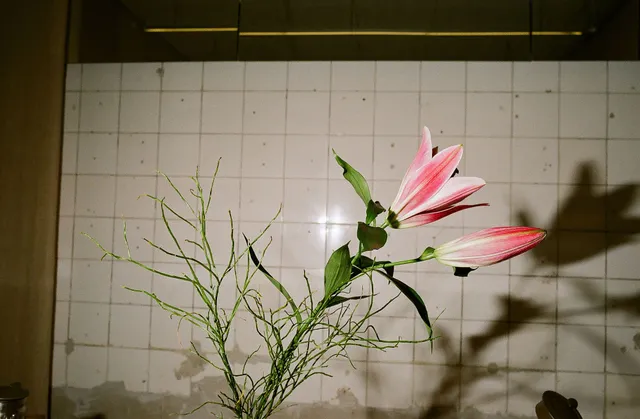
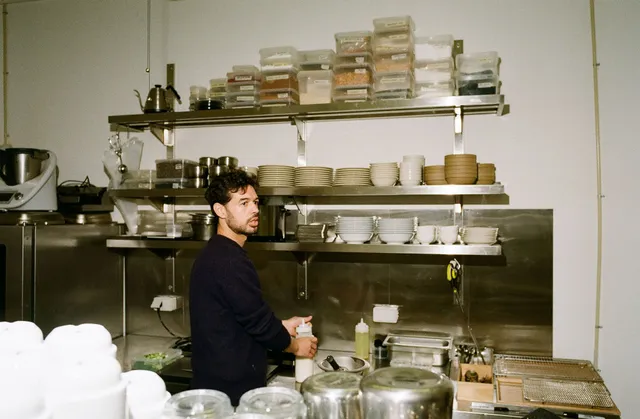
Q
What is Et Cetera?
A
“It’s a small canteen and wine shop, where we serve breakfast and lunch. We are mainly influenced by Korean and Japanese cuisine, but we try not to have any limits. We are inspired by the techniques and flavors, more than trying to make something authentic. We focus a lot on the craftsmanship of cooking. For example, if we make Shokupan (Japanese milk bread), I try to learn how to make it from scratch, and do it over and over again. I think it’s really important to have a place where you can focus on craftsmanship.
As I said before, work-life balance is a key aspect. Now, when we have the chance to run our own place, we try to do it in a fun way. It has to be a passion project. Kitchen life is hard and if you’re overworking, you can’t enjoy it and therefore passion must be the driving force.”
Q
What is special about Asian cuisine?
A
“Personally, I find it appealing because it’s a lot about the balance of texture, umami, sweetness, savor, and ferment - All of these things combined make it very tasty. I don’t think we cook an Asian breakfast, but it’s more about taking the flavor palettes of some things and reinterpreting it. We are genuinely just trying to cook food that we like ourselves.
When we visited Seoul, we had Pajeon (Korean scallion pancake) every day, so we needed to put it on the menu when we came back. The inspiration for the Tamago Sando (Japanese Egg Sandwich) came from a trip to Japan a few years ago, where we ate it every morning together with bottled green tea.”
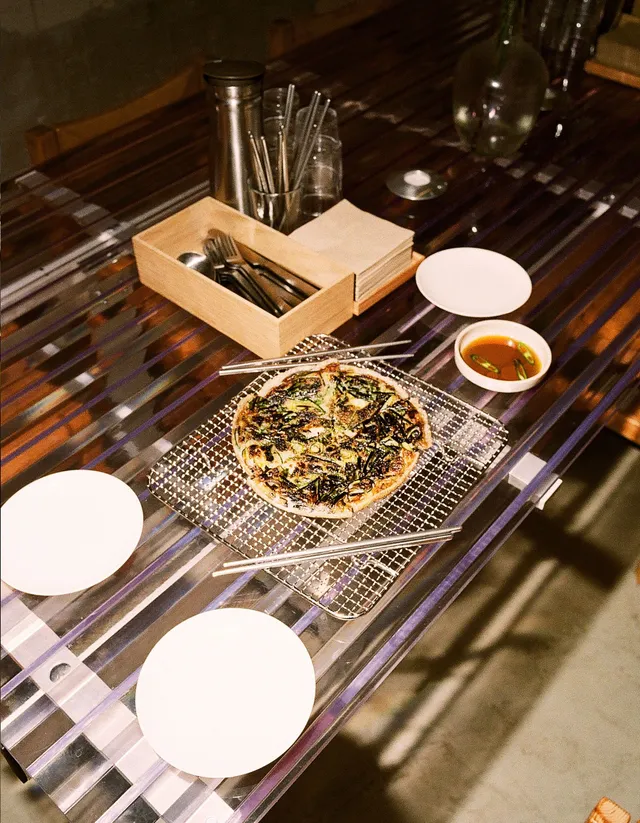
Q
How is the interaction between the visual appearance and the food?
A
“Since we started we talked a lot about the visual appearance of the place in terms of interior and graphics - the food just followed in the same way. It’s important for us to create a universe, so we basically just want the food to fit into the same universe as the rest.
Before I started to work as a chef, I had the feeling that it would be fun to curate a space. Creating a whole universe, including the type of music you play, the visuals, and how it feels to eat. I mean everything, not just the food and taste.
In Sweden, I was studying art in high school, and I continued with graphic design afterward. I think the visual part has just stuck with me. I still enjoy drawing and making menus and stuff. My girlfriend is a designer, so the visual aspects are important also because it has to be an outlet for both of us. She will often come up with an idea for a dish, or something that she ate, and be like, “can we make this?” Then it becomes my puzzle to solve.”
Q
Do you have any tips when it comes to breakfast?
A
“Try to use soy instead of salt. Scramble your eggs with just a dash of soy. It makes everything taste a little bit better, and it just becomes more interesting, because soy has umami, depth, and a lot of nuanced flavors. And don’t hold back on butter and be careful with the temperature.
I’d also say save your leftover rice and try to make fried rice in the morning. In many Asian countries, they eat savory-cooked food for breakfast. It gives some variation, so it’s not only buns and pastries for breakfast. In the beginning many people came in and asked for a bun with cheese, so we decided to create our version with the Korokke (Korean bread) bun.
Finally, I’d also recommend using condiments in general. The Asian supermarkets have amazing condiments, and a lot of the products are very good. I always stock up on everything that I can get my hands on. If you have condiments at home, it’s just easier to make a good dinner.”
